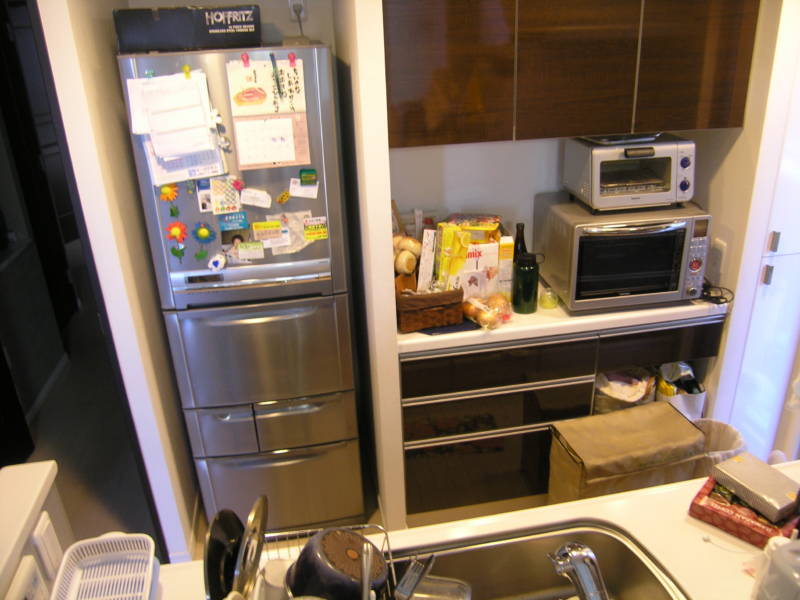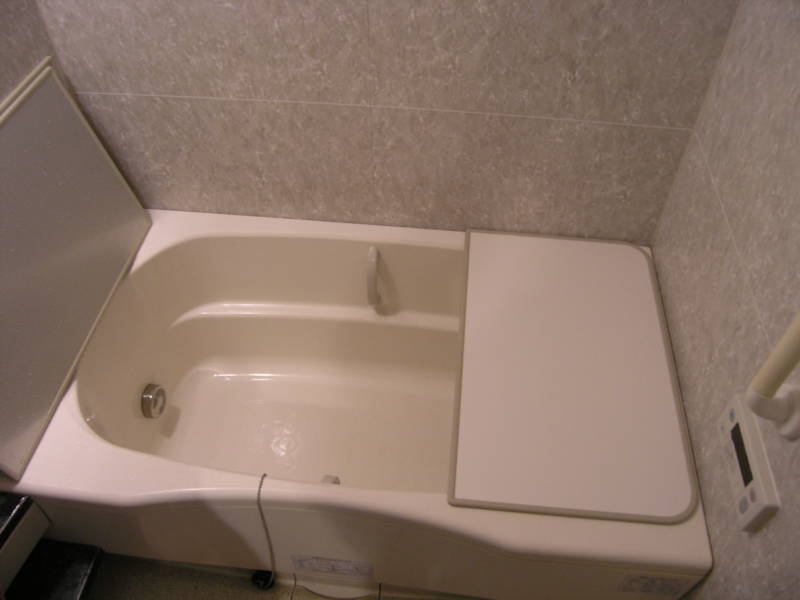Rob’s companion radio report to this post begins his series: “Rising Sun: Why Japan is Winning the Energy Race.” Part One airs Monday on The California Report.
Meet the Sakakis: Thirty-something mom and dad Yukiko and Hiroshi, and their three-year-old daughter, May. They’re a typical Japanese family: they live in the Tokyo suburb of Musashino, they have one child (and they’re stopping there, they say), and both parents work to afford a middle-class lifestyle.

I visited the Sakakis to get an idea of how an average Japanese family consumes energy. I left their home with a greater understanding of why Japan is a much more energy-efficient country than ours.
I visited the Sakakis on a Saturday. It was 85 degrees and muggy outside; a typical early September day in Tokyo. Despite the conditions, the Sakakis weren’t running their air conditioner, opting instead to open the windows and close the drapes to their two-bedroom apartment, in order to block out the sun and let a humid breeze flow through. When I asked them why the AC wasn’t on, Sakaki-san went to his desk drawer and pulled out his electricity bill. The Sakakis pay 24 yen per kilowatt-hour. That’s equivalent to about 30 cents in U.S. currency. That’s also roughly twice as much as Californians pay for electricity. Despite their frugal energy habits and diminutive quarters, the Sakakis pay what amounts to a little over $100 a month on electricity. They spend around the same for natural gas each month.

Energy is expensive in Japan. The country has no domestic fossil fuel resources, so it has to import them. The government taxes its citizens heavily for energy consumption, and then uses the revenue to put Japan at the forefront of renewable energy R&D. This has made Japan a world leader in solar panel sales and it’s put the country years ahead of the rest of the world in the development of other innovative energy-saving technologies like hydrogen fuel cells and batteries for electric vehicles. According to Japan expert Llewelyn Hughes at George Washington University, Japan leads the world in green technology patents. “It’s not even close,” he told me in an interview to prepare me for my trip.

All of these technological innovations mean Japan is poised to emerge from the global recession with great economic potential. It also means that the Sakaki household has some very cool gadgets: a refrigerator with several different drawers in order to separate perishable items and save energy, a floor that heats up in the winter, and a bath that talks to them.
3 thoughts on “Keeping Up with the Sakakis”
Comments are closed.

Nice little article. Why don’t you wait four months and do the same thing again in the dead of winter? You would get some more clues as to why Japanese homes are more energy efficient than US ones. Cheers and keep up the good work. Peter
Ha–Love to! Just send the round-trip plane ticket (business class preferred) to Rob Schmitz in L.A.
Hi, I currently live in Japan and can attest that what the Sakaki’s have in their home is pretty standard. One obvious point that stands out to me is that the Japanese are a people of convenience, frugality (even people who are well off) and for lack of a better word, patient. I don’t think that they in general care more about the planet and it’s resources than other developed nations it’s just that they don’t like to waste anything and I see the value in that.